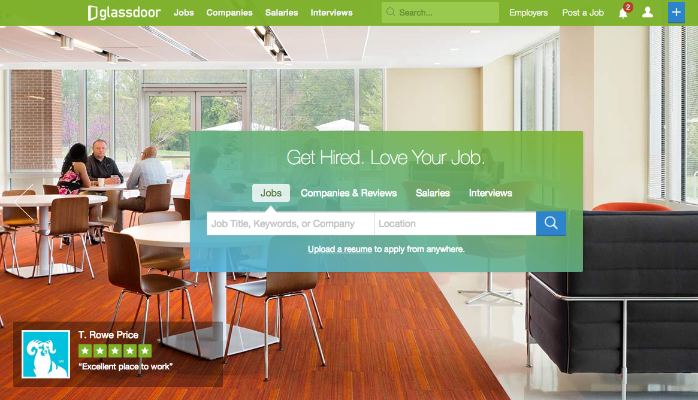Blogs, Twitter feeds, Facebook groups and MySpace pages, what does it all mean to today’s marketing professionals? Whether you’re plugged in to social networking or not, these new technologies are allowing consumers to communicate and discuss brands in all aspects to a global audience. You may not have a Facebook page or Blog, but you probably use the internet to research major product purchases like digital cameras or household appliances. Most likely, the user comments, product ratings and other consumer feedback have a strong impact on your purchasing decision.
During the November meeting, Triangle AMA members and guests were able to hear firsthand from Sean McDonald, Director of Communities and Conversations at Dell, about the strategies, viewpoints and initiatives Dell has undertaken to give both customers and employees a voice in the brand. Through the effective use of Web 2.0 technologies, Dell has enabled interactions that result in direct consumer feedback and decreased support costs.
The goal of marketing is to get people talking about your brand. Traditional advertising tells us to buy their brand because it’s better, faster, and cheaper or whatever superlative you can fill in here. Advertising and traditional marketing communications have no dialog. Humans want engagement and ignore one way messages.
The Break Up
Uploaded by geertdesager
McDonald demonstrated his point with a short video clip portraying advertising and the consumer as a young couple breaking up. The problem between the couples is that they don’t communicate between themselves as in a typical conversation, and this is true of traditional corporate communication.
With the advent of Web 2.0 technologies consumers can do what comes naturally to them…have conversations. But why should a company care? Several reasons:
- Your company has an online presence
- You sell or service customer
- You spend money on advertising
- You spend money on branding
- You want customers to be your marketing force
- Your customers know how to use web search engines like Google and Yahoo!
McDonald explained that we are at the dawn of the connected age. With only 20% of the approximately 6.7 billion people in the world online, more and more people are participating in the internet and going beyond basic web searches and surfing. Every second there are more computers and web-enabled phones being sold, new blogs and domains created, and thousands of messages being sent via email, text and instant messaging. So many that the number of text messages sent and received everyday exceeds the population of the planet!
In terms of the population of the “online” world, expect to see the population double in four to five years from 1billion to 2 billion users. More and more content is being loaded to the web everyday and citizens have become publishers and content providers. A single blog post can have as much power as major news stories reaching millions of eyeballs with a global reach.
Citizens are now creating and publishing online at an amazing rate. Content creating, information sharing and publishing have shifted to customers, employees and other stakeholders. With Web 2.0 technologies content moves faster then ever before and across languages as consumers have the ability to publish content anywhere and at anytime. The corporate enterprise is not longer in control of information and communication.
What has not changed is human behavior. The opinion of a friend or acquaintance that has used a product or service before still ranks as the most trusted source of information. Nielsen reports that 78% of those surveyed rank consumer recommendations as the most credible form of advertising.
What can your company do to address these changes? McDonald offered a basic four point strategy:
- Listen
- Join Conversations
- Tell YOUR Story
- Collaborate with Stakeholders
From here McDonald demonstrated how Dell listens and engages with its stakeholders. Noting that it’s more about people and processes than technology, McDonald also stated that great technology facilitates better processes and ways for humans to connect. The tools and technology are social network sites like Facebook and Dell-created user communities like Digital Nomads a community that discusses how to stay connected and productive wherever you work outside of the traditional office. The people and process involve having dedicated resource(s) in your organization to monitor and respond to the communication. Negative feedback needs to be welcomed as constructive criticism and managed.
Sounds simple, but developing new processes, acquiring resources and dedicating your time is a challenge. It’s important to determine metrics and return on investment (ROI) when planning. ROI can be measured in terms of frequency of brand mentions and driving traffic to your ecommerce site, but it should not stop there. Creating positive external validation of your brand and customer engagement is as valuable as advertising. Dell was recently named the SNCR Brand of the Year as the brand that has made the most significant advances in utilizing social media tools, technologies and practices.
In closing, McDonald ended his presentation with several questions that marketing professionals can ask themselves when developing Web 2.0 strategies along with a list of the partners and tools his team at Dell uses. His parting thought was to “smile more” as it “makes your customers happy and your competition worried.” Click here to view Sean McDonald’s presentation at triangleama.org.


